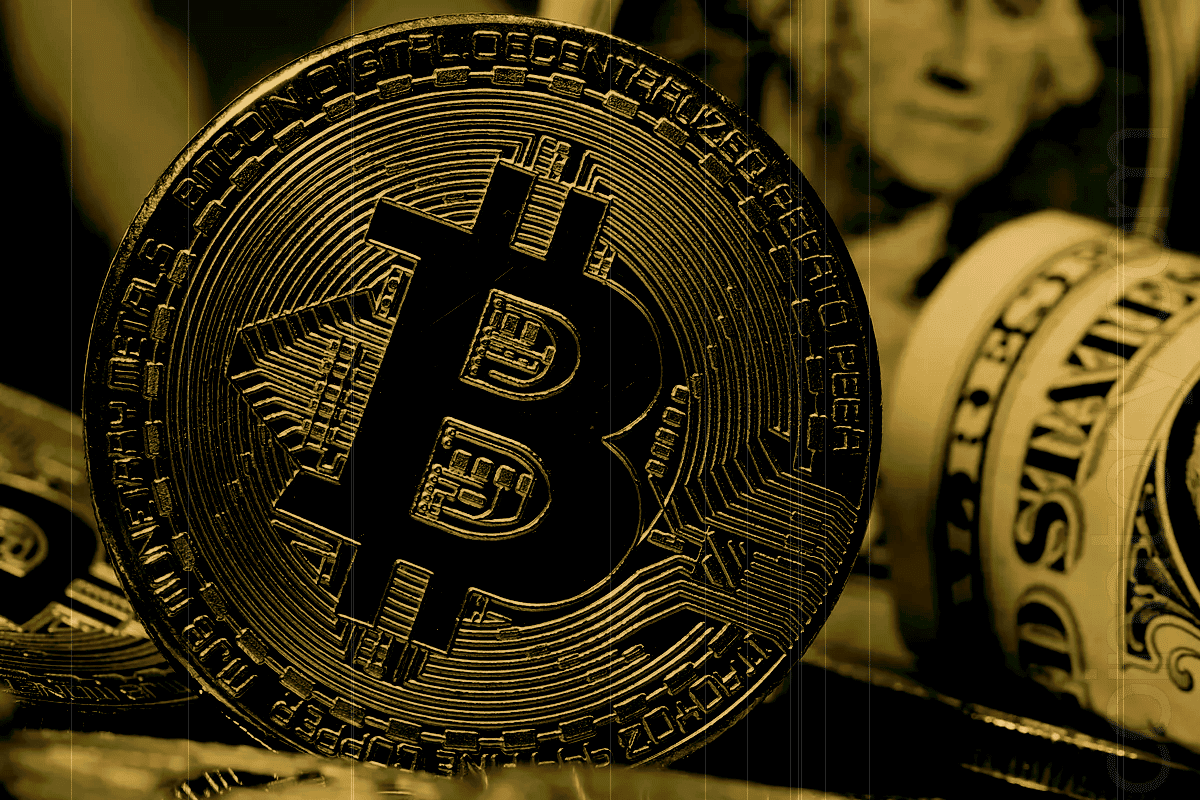
The governor of the Bank of Korea, Rhee Chang‑yong, has publicly indicated that while he is not opposed to a won‑pegged stablecoin, he remains cautious of potential foreign-exchange volatility. At a Reuters‑covered press event on Wednesday, Rhee cautioned that such a token “could make it easier to swap them for dollar stablecoins rather than reducing the use of dollar stablecoins. That in turn could increase demand for dollar stablecoins and complicate our forex management.”
This statement coincides with President Lee Jae‑myung’s ongoing efforts to liberalize crypto frameworks, following his electoral commitment to stricter but supportive legislation. Notably, South Korea’s foreign exchange reserves have fallen from $415.6 billion in December to $404.6 billion by May—an $11 billion decline in just six months—as reported by the Bank of Korea.
On June 10, the ruling Democratic Party introduced the Digital Asset Basic Act, which permits corporate issuance of stablecoins if firms meet a minimum equity threshold of $368,000. Such issuers must maintain reserves to ensure redemption capability and secure approval from the Financial Services Commission (FSC). The FSC is currently investigating domestic exchanges over their fee structures—a key tenet of Lee’s campaign promise to lower transaction costs and foster youth participation in digital asset markets.
Currently dominated by U.S. dollar–pegged tokens, the stablecoin ecosystem is led by Tether (USDT) with a $156 billion market cap, followed by Circle’s USDC at $61 billion . However, euro-pegged stablecoins are gaining relevance: Circle’s EURC, with a $203 million market cap, has grown by 156% since the start of the year. Notably, Circle’s stock surged following bipartisan support in the U.S. House for the GENIUS Act, which seeks to formally regulate stablecoins.







